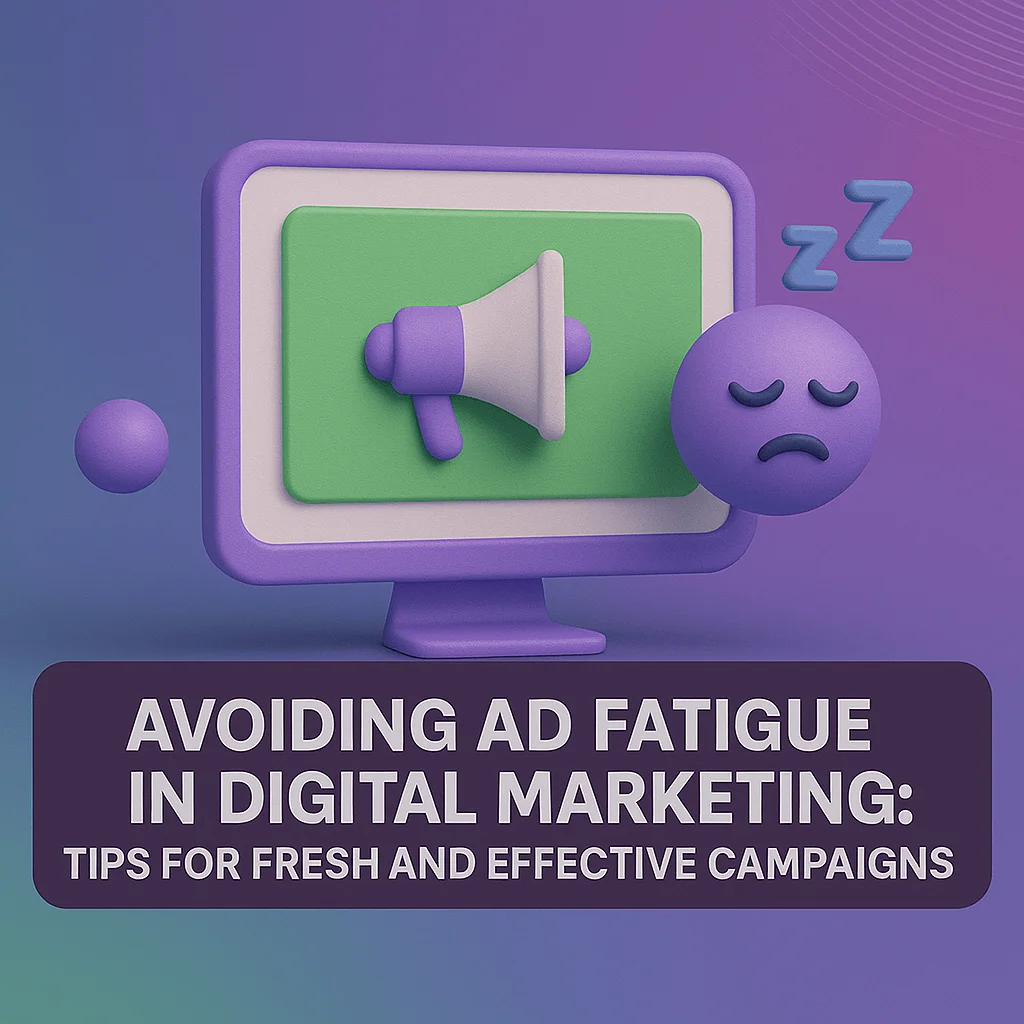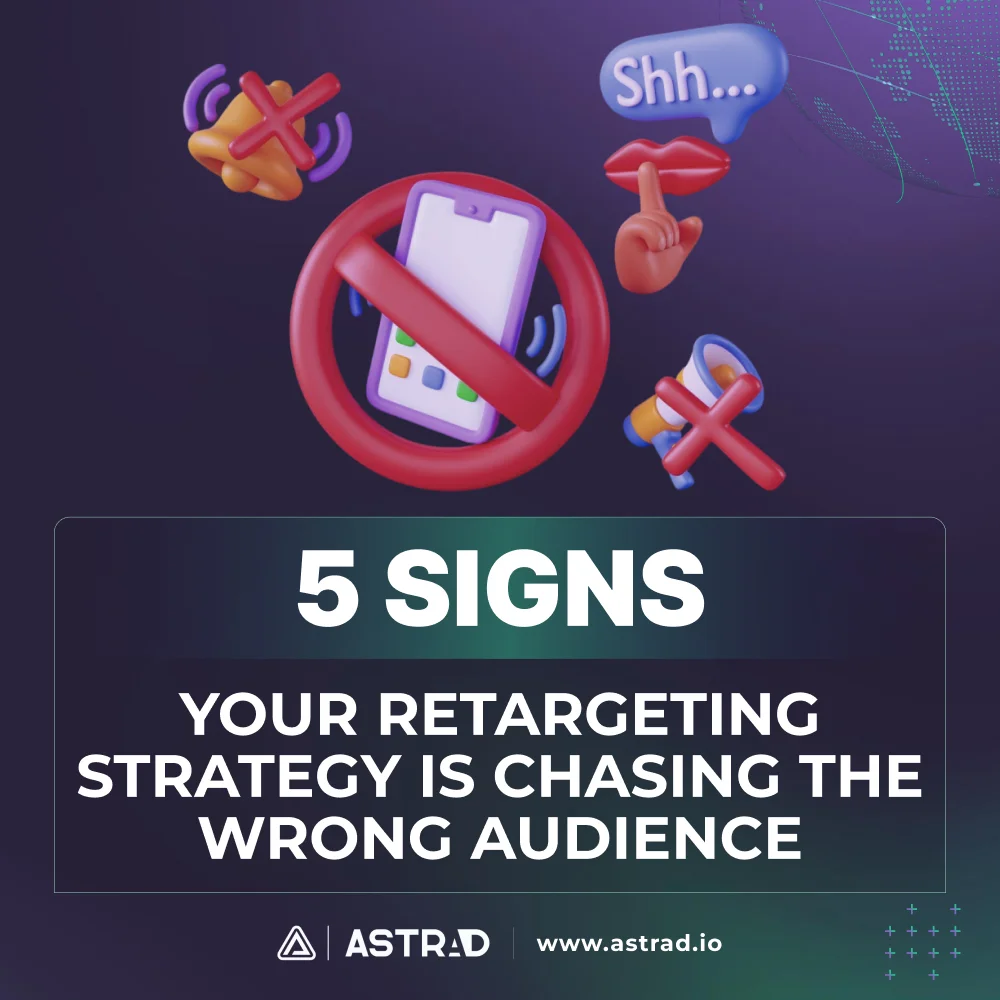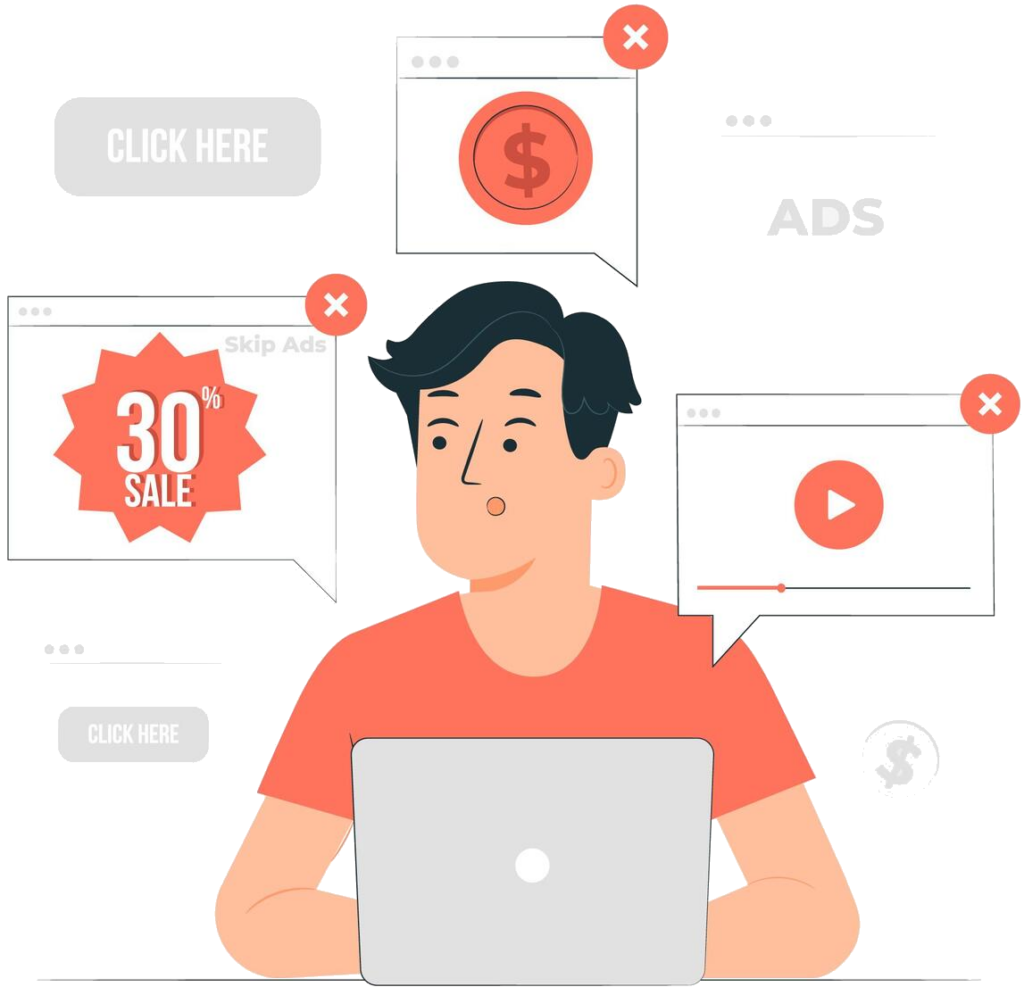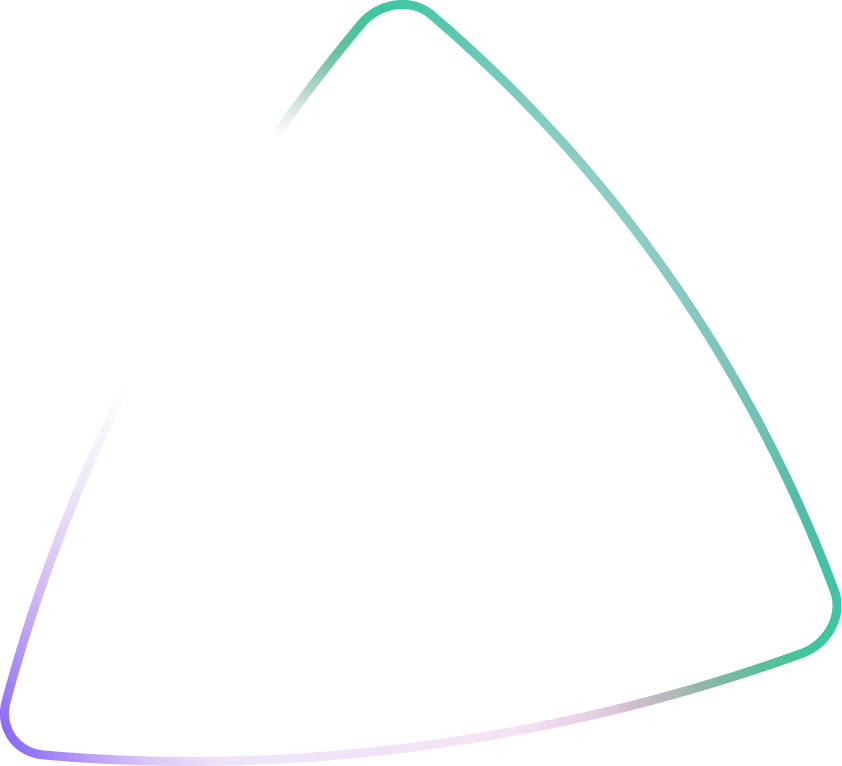There’s a special kind of torture reserved for people who thought running the same ad for six months straight was a brilliant cost-saving strategy. It starts with a slow decline in click-through rates, progresses to audiences actively avoiding your brand like it’s a telemarketer at dinner time, and ends with your once-profitable campaigns bleeding money faster than a politician’s promise during election season.
Welcome to the wonderful world of ad fatigue—the digital marketing equivalent of playing the same song on repeat until even your favorite tune becomes nails on a chalkboard. It’s that moment when your target audience would rather scroll past your ad than acknowledge its existence, and your ROI starts looking like a downhill skiing accident.
The cruel irony? Most marketers create ad fatigue in digital marketing while trying to maximize their budget efficiency. They find a winning creative, ride it into the ground, and then wonder why their brand perception took a nosedive and their campaign performance flatlined.
Fighting ad fatigue isn’t just about keeping your ads fresh—it’s about keeping your business alive in a world where consumer attention spans are shorter than a goldfish’s memory and twice as fickle.
What Is Ad Fatigue?
Ad fatigue is what happens when your audience gets so tired of seeing the same ad that they develop a psychological immunity to your messaging. It’s like that friend who tells the same joke at every party—eventually, people stop laughing and start avoiding them altogether.
At its core, ad fatigue represents audience weariness caused by repetitive ads that have overstayed their welcome. Your once-engaging creative becomes digital wallpaper that people instinctively ignore. It’s the point where familiarity doesn’t breed contempt—it breeds complete indifference, which is somehow worse.
The symptoms are as predictable as they are painful:
- Declining click-through rates that drop faster than your confidence
- Increased cost-per-click as platforms punish your stale content
- Lower engagement rates across all metrics
- Rising cost per acquisition that makes your CFO break out in hives
- Audience feedback that ranges from indifferent to openly hostile
Why Ad Fatigue Happens in Digital Marketing
Understanding how to avoid ad fatigue starts with recognizing why it happens in the first place. Most marketers stumble into this trap through a combination of laziness, overconfidence, and misguided budget optimization.
Overexposure to the Same Ads and Creatives
The biggest culprit is the “if it ain’t broke, don’t fix it” mentality. Marketers find a creative that performs well and then beat it to death like a dead horse at a comedy roast. They forget that even the most brilliant ad has a shelf life shorter than fresh sushi.
Narrow Targeting and Poor Frequency Management
When you target the same small audience with the same message repeatedly, you’re essentially stalking them across the internet. Nobody likes a stalker, especially one trying to sell them something. Narrow targeting combined with poorly optimized frequency caps creates a perfect storm of annoyance.
Limited Creative Variety and Stale Messaging
Some marketers treat creative development like it’s brain surgery—they create one perfect ad and then refuse to touch it. This approach ignores the fundamental truth that audiences crave novelty. What was fresh and exciting last month has become stale bread today.
Key Strategies for Fighting Ad Fatigue
The good news is that ad fatigue is entirely preventable with the right approach. Think of it as digital marketing hygiene—neglect it, and things get gross quickly.
Diversify Your Ad Creatives Regularly
Creative diversity is your first line of defense against audience boredom. This means more than just changing the background color or swapping out one stock photo for another.
Effective creative rotation involves:
- Rotating images, videos, headlines, and calls-to-action on a regular schedule
- Testing different emotional appeals and messaging angles
- Varying visual styles while maintaining brand consistency
- Using dynamic creative optimization to automate variation
- Creating seasonal and event-based creative updates
The key is planning your creative rotation like a TV network plans its programming schedule. You want variety, but you also want consistency in quality and brand messaging.
Optimize Ad Frequency and Targeting
Frequency optimization is the art of being seen enough to be remembered but not so much that you become annoying. It’s a delicate balance that requires constant monitoring and adjustment.
Smart frequency management includes:
- Setting appropriate frequency caps to limit repetitive exposure
- Expanding and refreshing target audience segments regularly
- Using lookalike audiences to find fresh prospects
- Implementing dayparting to control when ads appear
- Monitoring audience overlap across campaigns to prevent saturation
Leverage Data to Monitor and Detect Early Signs of Ad Fatigue
Data is your early warning system for ad fatigue. The trick is knowing which metrics to watch and when to sound the alarm.
Critical metrics for fatigue detection:
- Click-through rates trending downward over time
- Conversion rates declining despite consistent traffic
- Engagement metrics showing reduced interaction
- Cost-per-click increasing without improved results
- Audience feedback becoming more negative
Use A/B testing to identify fatigue in ad variants before it spreads to your entire campaign. Think of it as a canary in the coal mine—when your test creative starts showing fatigue symptoms, it’s time to refresh everything.
Incorporate Multi-Channel Campaigns
Spreading your message across different platforms reduces overexposure while maximizing reach. It’s like having multiple conversations with the same person in different contexts—each interaction feels fresh because the environment changes.
Multi-channel strategy benefits:
- Reduced ad fatigue through platform diversification
- Different audience behaviors on each platform
- Varied creative formats keeping messaging interesting
- Lower frequency on individual platforms
- Cross-platform reinforcement without oversaturation
Refresh Messaging and Value Propositions
Sometimes the problem isn’t how often you’re showing your ad—it’s what your ad is saying. Stale messaging can cause fatigue faster than repetitive visuals.
Regular messaging updates should include:
- Updating offers and promotional content
- Highlighting different product benefits or features
- Adjusting storytelling approaches and emotional appeals
- Incorporating current events or seasonal relevance
- Testing new value propositions with audience segments
Advanced Techniques to Avoid and Manage Ad Fatigue
For marketers ready to level up their anti-fatigue game, these advanced techniques offer sophisticated solutions to audience boredom.
Using Customer Segmentation and Personalization
Advanced segmentation allows you to create hyper-relevant ads that feel personal rather than repetitive. When ads speak directly to specific audience segments, they maintain engagement longer because they feel custom-made rather than mass-produced.
Create segments based on:
- Purchase behavior and transaction history
- Engagement patterns and content preferences
- Demographic and psychographic characteristics
- Position in the customer lifecycle
- Response to previous campaigns
Implementing Sequential Storytelling in Campaigns
Sequential storytelling treats your ad campaign like a Netflix series—each ad builds on the previous one, creating anticipation rather than repetition. This approach keeps audiences engaged because they want to see what happens next.
Effective sequential campaigns:
- Introduce characters or narratives in early ads
- Develop the story across multiple touchpoints
- Resolve conflicts or reveal outcomes in later ads
- Create cliffhangers that encourage continued engagement
- Allow for non-linear viewing while maintaining coherence
Retargeting with Careful Frequency Management
Retargeting is particularly susceptible to ad fatigue because you’re repeatedly reaching people who already know your brand. The key is careful frequency management combined with progressive messaging.
Smart retargeting approaches include:
- Different creative for different stages of the funnel
- Frequency caps that decrease over time
- Exclusion lists for people who’ve already converted
- Progressive offers that increase in value over time
- Cross-sell and upsell messaging for existing customers
Testing and Rotating Creatives with Automation Tools
Automation tools can help manage creative rotation at scale, ensuring your campaigns stay fresh without requiring constant manual intervention.
Automation capabilities include:
- Automatic creative rotation based on performance metrics
- Dynamic creative optimization that tests multiple elements simultaneously
- Scheduled creative refreshes based on time or impression volume
- Performance-based budget allocation to top-performing variants
- Automated reporting on creative fatigue indicators
Keep Your Campaigns Fresh and Your Audiences Engaged
Ad fatigue in digital marketing isn’t just a minor inconvenience—it’s a campaign killer that can destroy months of hard work and thousands of dollars in ad spend. The difference between successful long-term campaigns and expensive failures often comes down to one simple factor: the ability to keep things fresh.
Recognizing and combating ad fatigue requires a proactive approach that treats creative refreshment as an essential part of campaign management, not an afterthought. The most successful marketers don’t wait for fatigue symptoms to appear—they build anti-fatigue strategies into their campaigns from day one.
The tools and techniques exist to keep your digital ads fresh, engaging, and effective. The only question is whether you’ll use them before your audience gets bored or after your ROI tanks. Smart money says before, because in digital marketing, prevention is always cheaper than resurrection.






